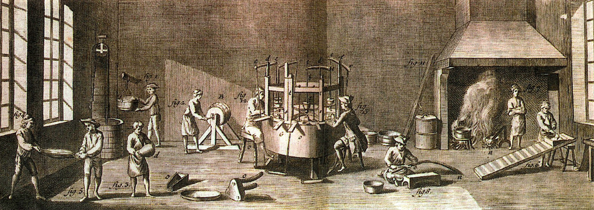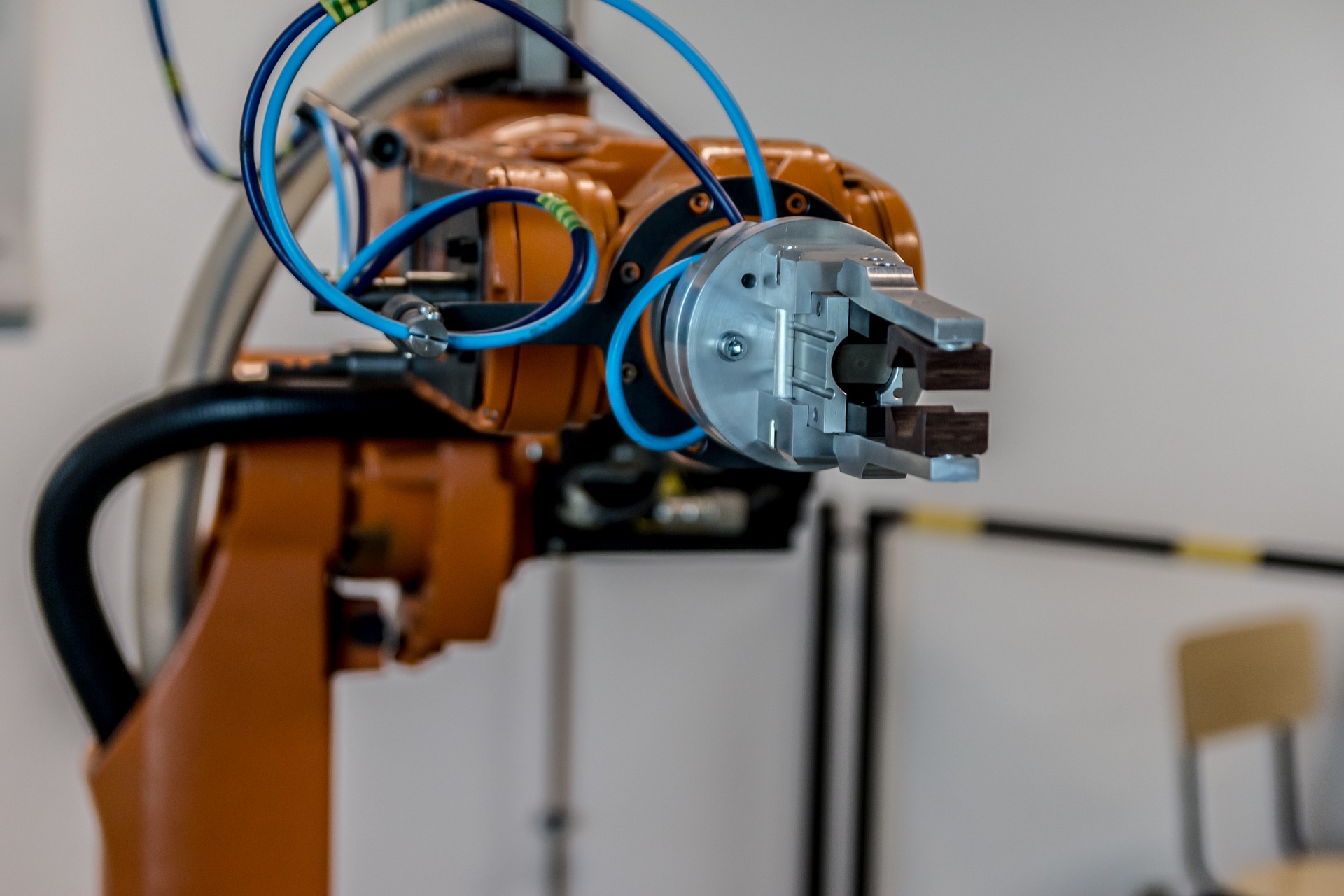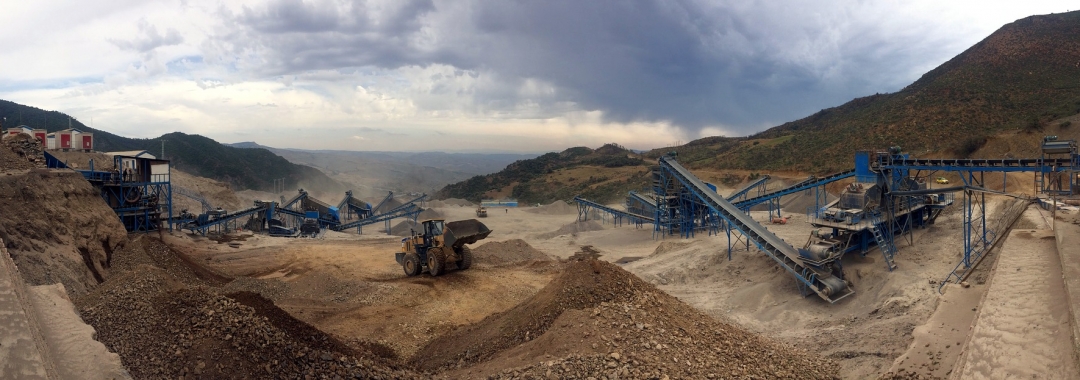When looking at a regional strategy for revalue, a reflection on chronological development maybe helpful.
Starting with this question: What’s the difference between a pioneer or a follower, when looking at development strategies for ‘revalue’?
Firstly, this question needs to be broken into (A) the micro-economic view - the view of the firm and its’ value chain, and (B) the macro-economic view - the view of the region, including its’ soft and hard infrastructure and institutions.
A) Looking at a pioneer company, economical historian David S. Landes (2003), suggests that a pioneer company carries the highest economic burden, in two ways:
“…a pioneer in any field incurs additional expense owing to ignorance and inexperience; and in theory those who follow may profit by his mistakes.” [1]

This is also known as the ‘economics of backwardness’, and focuses on the costs of breaking the new path. However, Landes follows with an important tranquilliser for the followers:
“Yet this assumes on the part of the imitators a wisdom that historical experience belies. If the pioneer often sins on the side of excessive modesty, the follower often suffers from excessive ambition; if the one does not quite know where he is going, the other knows too well and undoes himself by his eagerness. There is such a thing… as machines that are too big, engines too powerful, plants that are too capital-intensive.” [1]
Landes, however, goes on to suggest that this reason for the higher economic burden carried by the pioneer is over-cited, and is a lesser factor when compared to the second, which is the adjustments to subsequent changes - known as ‘related costs.’
“…the burdens imposed by interrelatedness, that is, the technical linkage between the component parts of the industrial plant of an enterprise or economy.” [1]
No machine in a factory rests in a vacuum: “…the engine, the machine it drives, and the means by which it transmits power are all built to fit.” [1]
And so, it is rare that the upgrading, removal or addition for example, of machines or processes can be considered in isolation. Changes to machines can also often be influenced (or obliged) by outside actors (i.e., clients, supply chain partners, regulators).
This issue of interrelatedness goes beyond the walls of the factory, and this is even more true when talking about process changes along value chains. An example was Britain in the mid-to-late nineteenth century, who's pioneering steel factories were hemmed into cities that were not designed for them. Integrating backwards, which often requires more space, was not an option, and this prevented many innovations that proceeded from ‘follower’ countries, that had the advantage of foresight to develop in areas with more space.
“The very sight of the spacious arrangements of the Homestead plant in the United States made Windsor Richard wish he ‘could pull down the whole works at Bolckow’s and start afresh.'” [1]
And so, taking in mind that the development gap between the pioneer and the follow must not be too large, then at the micro-economic level the advantage may lie with the latecomer.
B) Looking at the issue from the view of the region - the macro-economy, the answer is not the same: the greatest cost of developing the new industrial activities, from the macro-economical perspective, falls heaviest on the region that is following.
Why is this? Well, large scale mechanised manufacturing and assembling requires not only the value chain shown in the map above (the central column), but it also requires the hard and soft infrastructure and institutions. In terms of revalue, this includes legislations, norms, financial services, transport systems, education and training facilities, R&D labs, access to technology (see the section on hard and soft infrastructure for more details)….

These are all costly, can take a lot of time to develop/build, investments are not regular, and all go beyond the financial capabilities of any one company, and so the burden here is clearly on the regional government. If the following nation is too far behind the pioneer country in question, it can mean that the leap might be too great:
“The much vaunted freedom of the latecomer to choose the latest and best equipment on the basis of the most advanced techniques has become a myth.” (Landes, 2003)
Countries like Sweden, Germany, Scotland and the UK as a whole, as an European example, are all nations that are (or are in the process of) maximising their soft and hard infrastructural and institutional assets to maximise the opportunities for firms at the micro-economic level. All are developing their own strategy, which is based on their own specific hard/soft infrastructural and institutional context - which is already in place.
Conclusion for the Follower
As a follower, the strategy at the micro-economic level maybe to look at ‘revalue’ as a ‘Portfolio of potential Strategies,’ and ‘Business Models’ and develop the most appropriate for the firm (or group of firms) - learning (as much as is possible) from the successes and failures of the many different types of pioneers - whilst not forgetting that context is key, as revalue activities can not be ‘cut-and-paste’ from one company or region to another.
At the same time, as a follower at the macro-economic level, institutions should help to develop a ‘healthier’ context for those companies managing or wanting to develop revalue activities in their region. As mentioned above, this is potentially very expensive, and so a strategy should maximise the the use of existing resources (institutions and infrastructure) where appropriate. And in an ideal situation, develop a road map, similar to the ‘Big Push Theory,’ where policies are selective - targeted to maximise backward and forward linkages along the supply and value chains. The state can also implement complementary indicative investment planning, where the government clearly communicates where it is willing to invest, this then can also encourages private investors to enter directly, and indirectly into complimentary areas, and then firms have the choice to transition their activities towards the government goal, and benefit from these credit and/or subsidy opportunities. The government, with its unique view across the entire state, can also help:
“[identify] the interdependence of investment decisions and sequencing the investments... the state can ensure that risk is reduced as a barrier to investment and that increasing returns are exploited." [2]
References
[1] Landes, David S. (2003 Second Edition) 'The Unbound Prometheus: Technological change and industrial development in Western Europe from 1750 to the present.'' Cambridge University Press
[2] Toner, P. et al (2009) ''The Foundations of Non-Equilibrium Economics: The Principle of Circular and Cumulative Causation.' Edited by Sebastian Berger, Routledge Advances in Heterodox Economics, Routledge.









